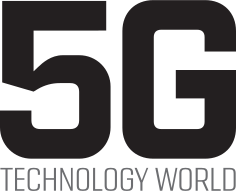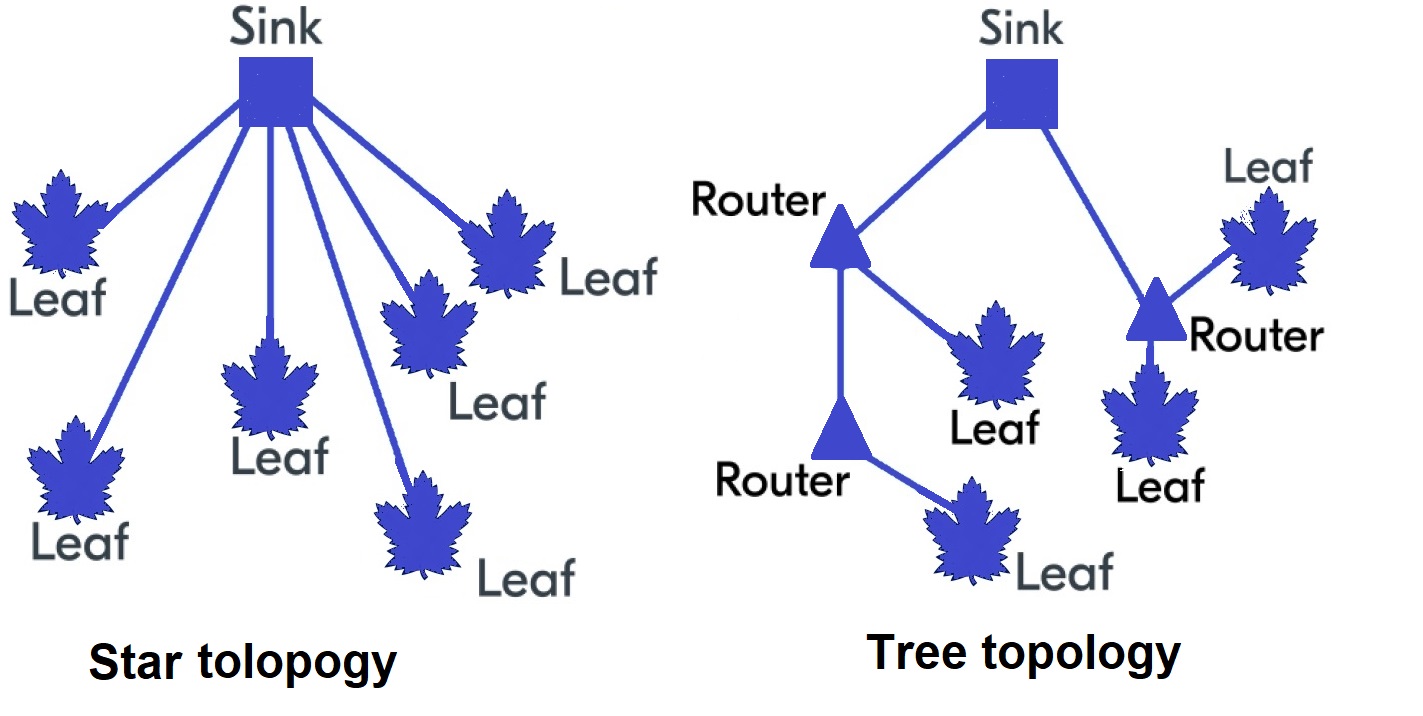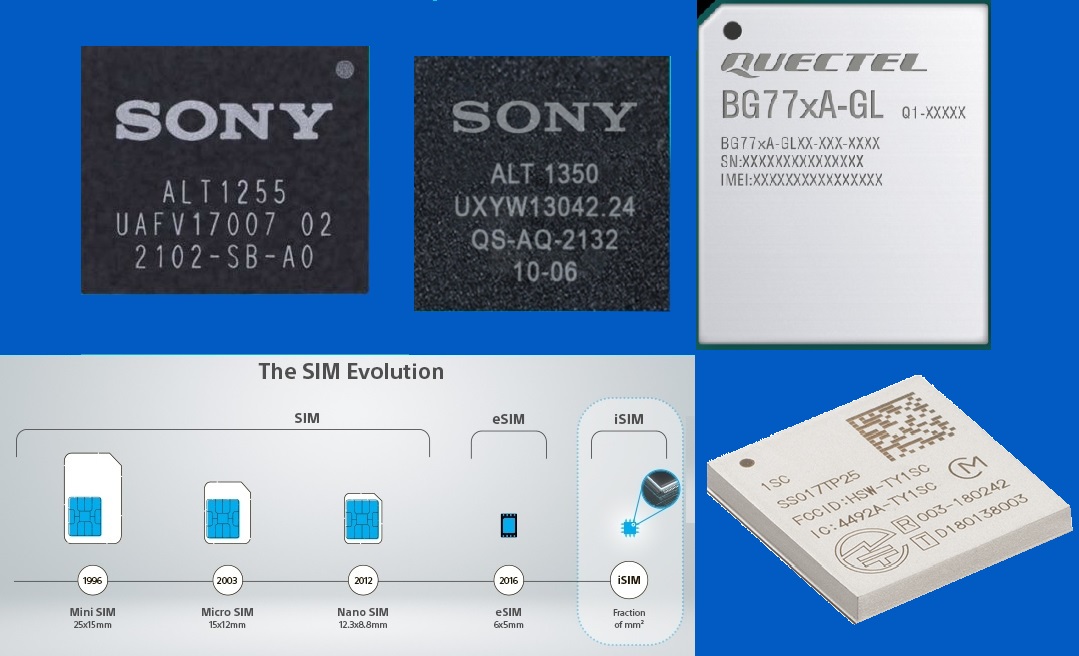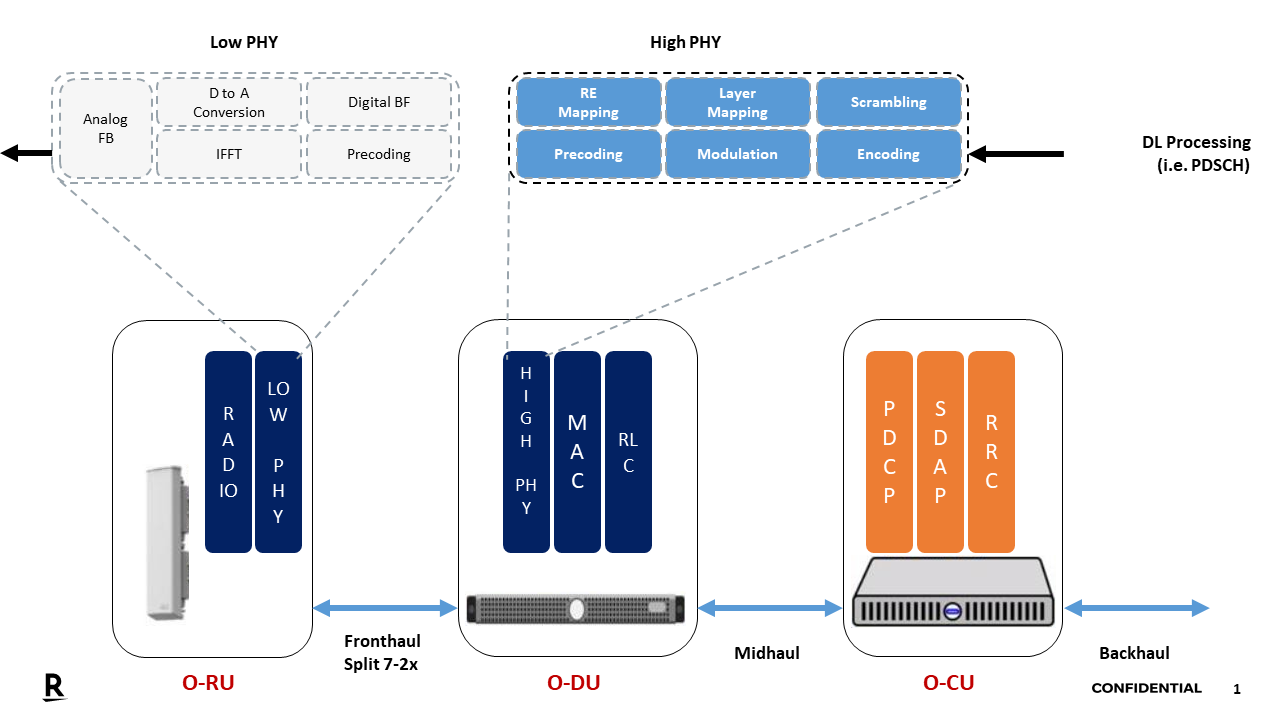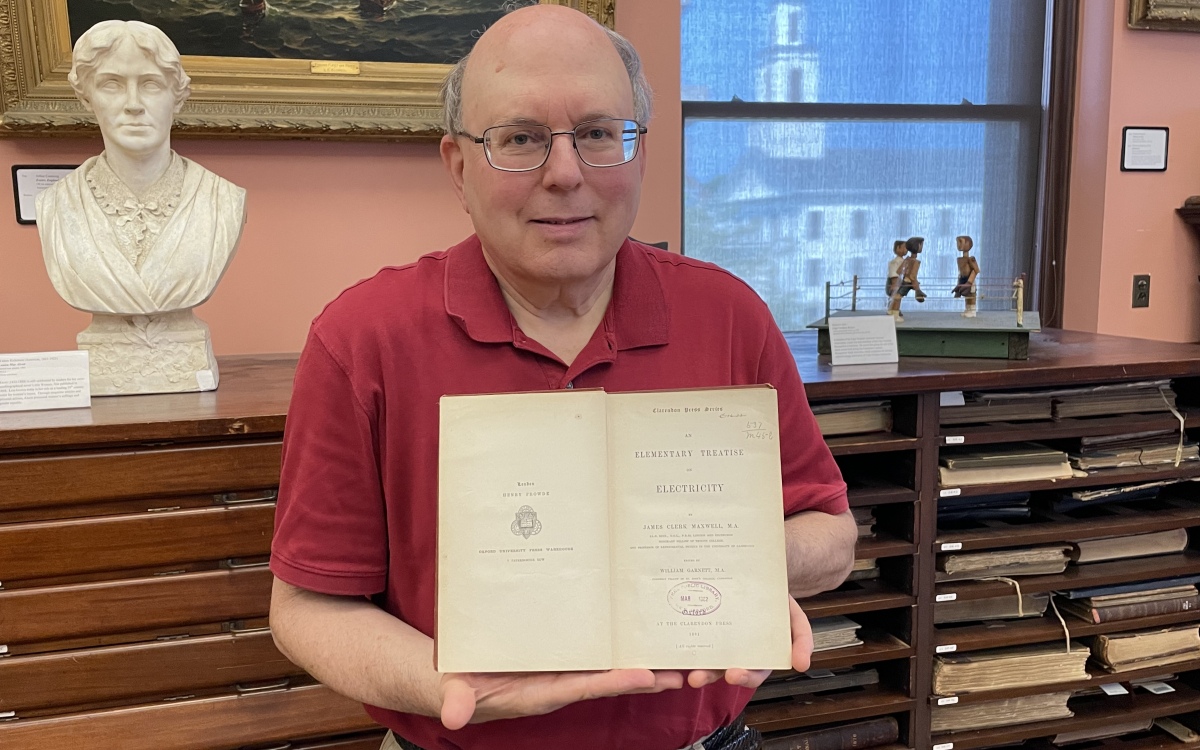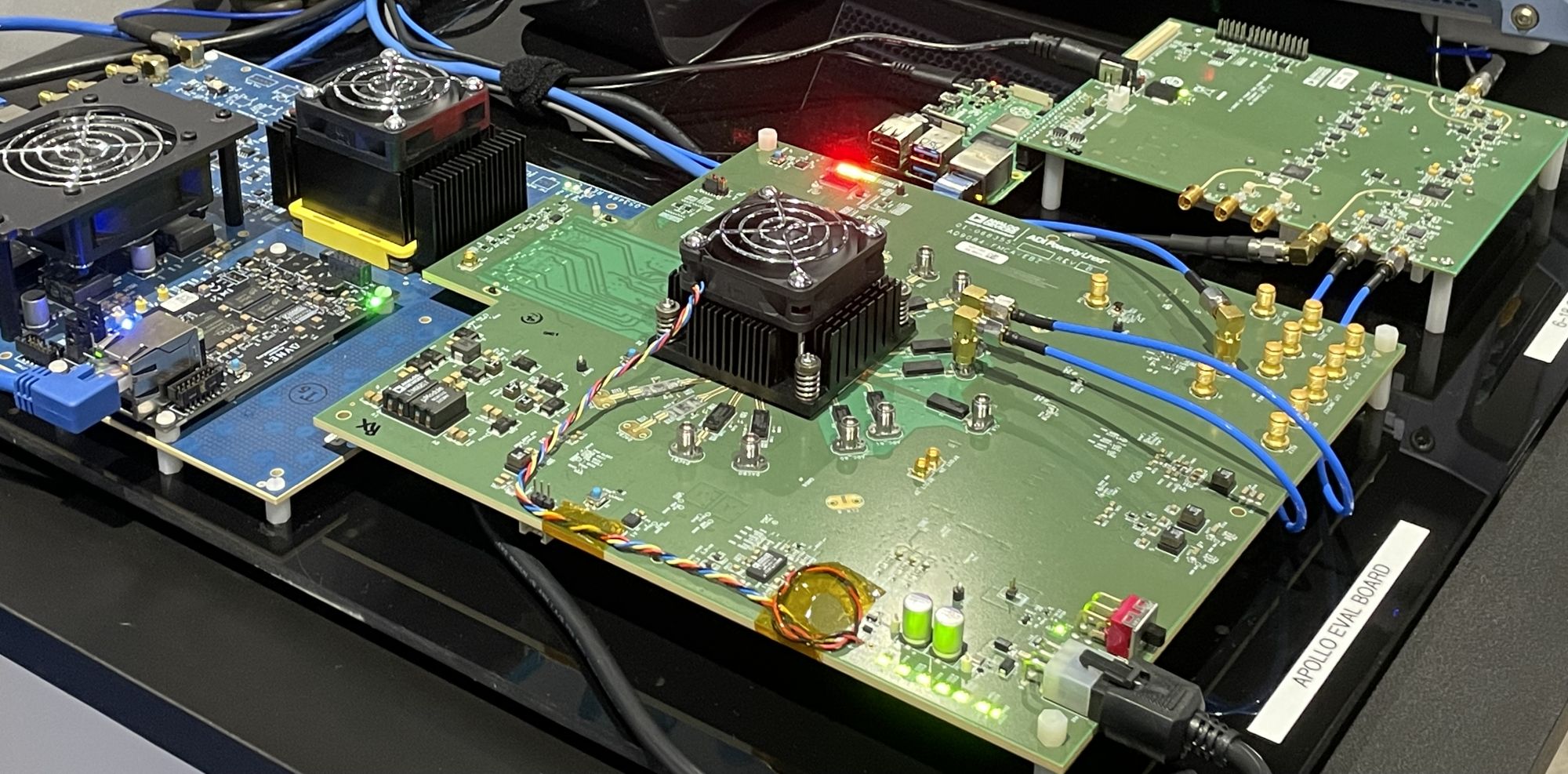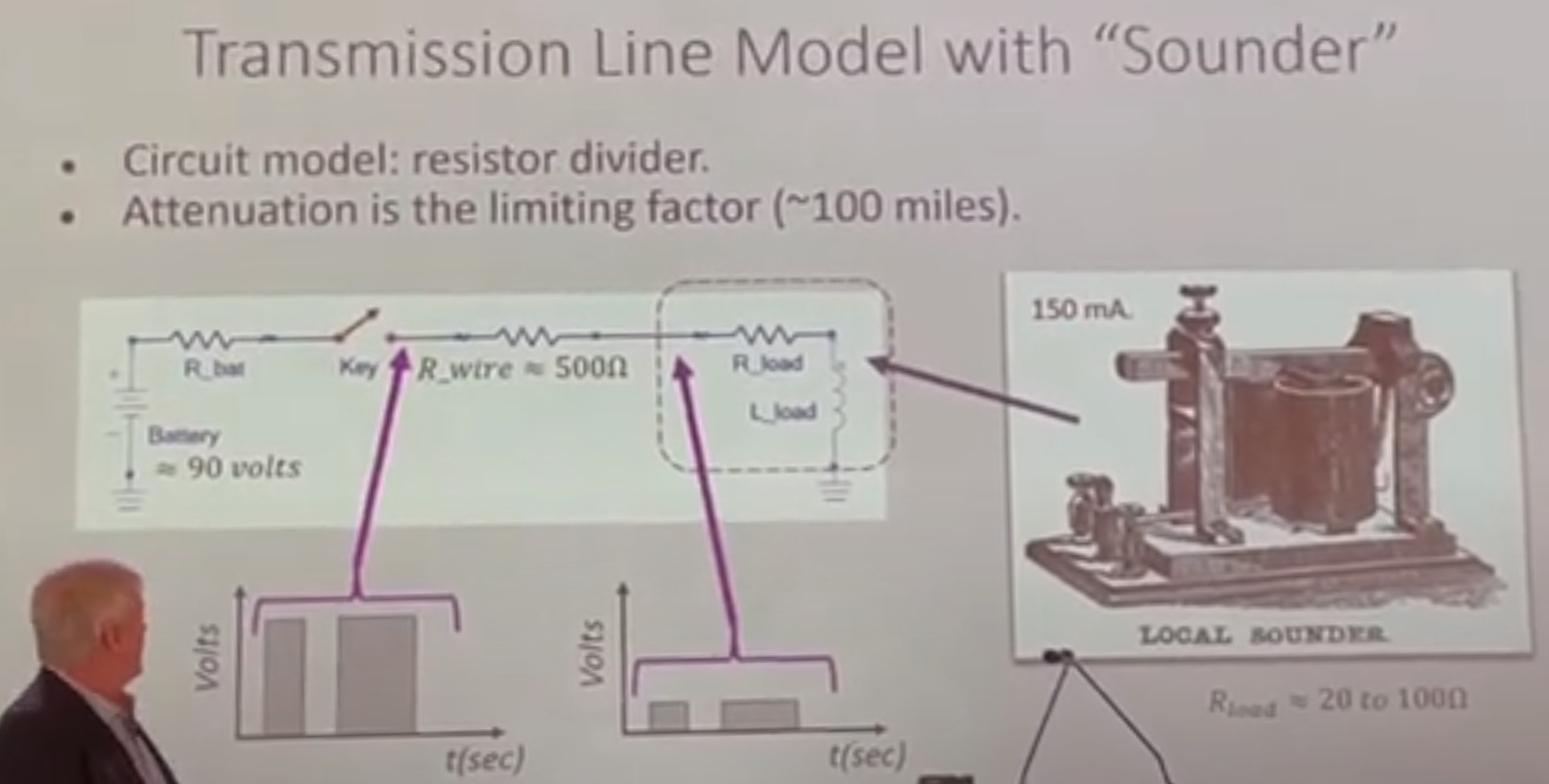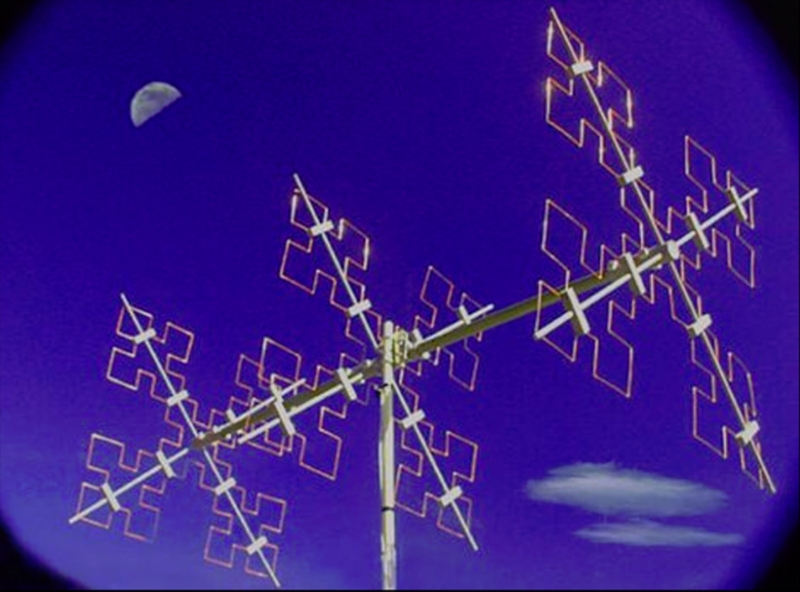Officially known as DECT-2020 NR, the protocol brings 5G to smart devices over non-cellular networks. Learn more from a video interview with Jussi Numminen of Wirepas and vice-chair of the ETSI DECT technical committee. For several years, we’ve been hearing about the three points of 5G: enhanced mobile broadband (eMBB), massive machine-type communications (mMTC), and…
Partnership brings iSIM connectivity to IoT modules
Companies from semiconductors to software have partnered to ease the pain for cellular connectivity for IoT design engineers. Engineers designing IoT devices need to focus on the hardware and software for their device’s applications such as smart meters, logistics tracking devices, and so on. For many designers, connectivity is not their area of expertise. Soracom,…
Why O-RAN sync monitoring needs AI/ML
As Open RAN deployments gather pace and accurate timing, synchronization has emerged as a critical step toward consistent performance. It is a complex task, with devices requiring time synchronization to UTC reference via IEEE PTP/SyncE-based boundary clocks, slave clocks, PRTC clocks with GNSS receivers, as well as accurate, real-time monitoring in support of customer SLAs.…
How to improve Open RAN security at the hardware level
Open RAN telecom network security begins in the microprocessors that control telecom network equipment. Configure and use these processors with secure booting and build trust.
Maxwell’s classic Treatise returns after 115 years
New Bedford, Mass. — In June 2023, a rare 1881 copy of James Clerk Maxwell’s An Elementary Treatise on Electricity turned up in a West Virginia library. In remarkably good condition, the book was returned to its original library in New Bedford. The book was last checked out in what looks like 1908, making it…
UWB applications bring design decisions
Ultra-wideband communications and location detection applications are steadily increasing. As a designer, you have options and therefore must decide how to best integrate UWB into your IoT design. Impulse radio ultra-wideband, commonly referred to as UWB, is a short-range, wireless communication protocol based on the IEEE 802.15.4z standard, operating at frequencies up to 9.5 GHz.…
IMS 2023 roundup: semiconductors and microwave components
Through photos and videos, EE World covers some of the active and passive components that RF and wireless engineers need to connect us all.
IMS 2023: keynote analyzes early undersea cables
In EE World videos from the 2023 International Microwave Symposium, engineers received a history lesson on early transatlantic cables through an analysis using today’s methods. Plus, a demonstration of a 1944 radio using a razor blade as a rectifier. Modern equipment provided an automated Morse code signal.
FAQ on fractal antennas, Part 2
Antennas based on fractal mathematics offer some significant advantages but also some controversy. The first part of this article looked at the basic concept and history of fractals. This part looks at the relationship between fractals and antennas. Q: All this fractal discussion is interesting, but what does it have to do with antennas? A:…
FAQ on fractal antennas, Part 1
Antennas based on fractal mathematics offer some significant advantages but also some controversy. Although all antenna designs are derived from either the basic dipole or monopole/ground-plane configurations, there are almost countless antenna variations in use (Figure 1). Each one offers a different combination of key attributes such as center frequency, bandwidth, bandwidth, side lobes, front-to-back…
